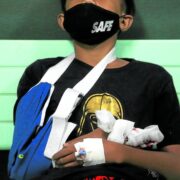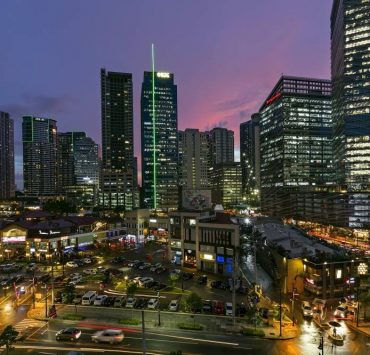Boy lives in permanent shade to survive dangerous sunlight
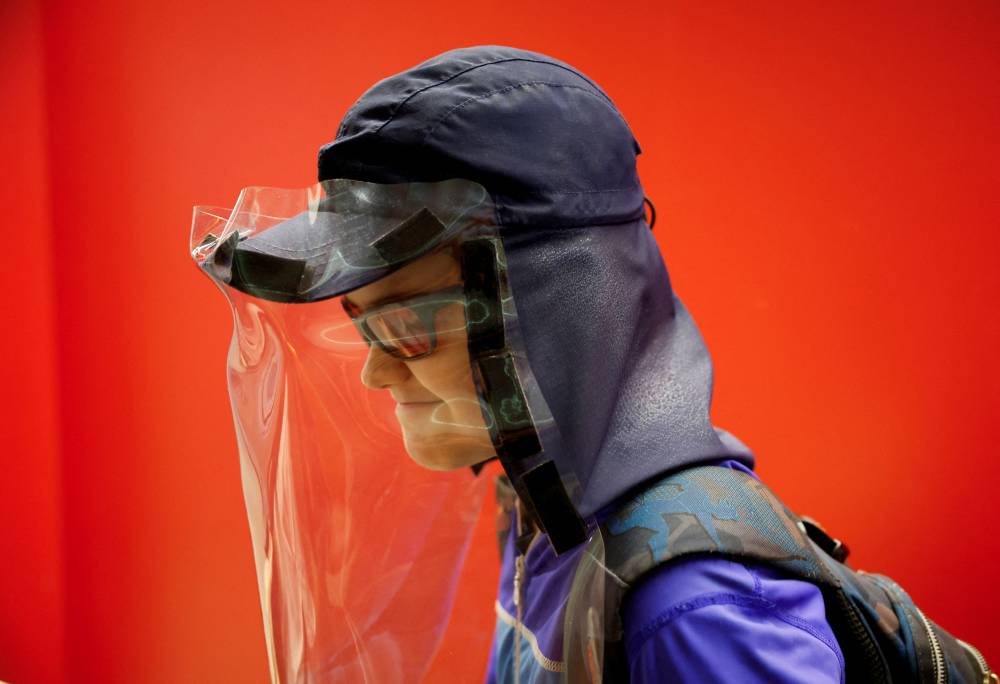
BARCELONA/PORTBOU, Spain—Pol Dominguez, 11, is enjoying his summer holidays in Spain. But unlike most children his age, he does not spend his days at the beach or pool, instead staying indoors to avoid ultraviolet radiation that could be deadly for him.
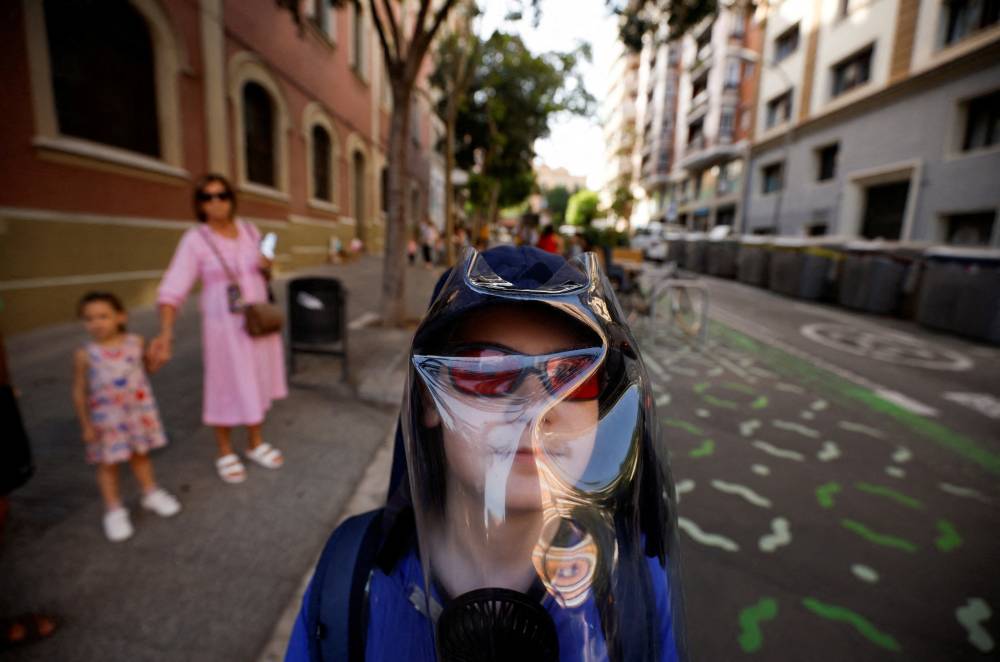
Dominguez has Xeroderma Pigmentosum (XP), a rare disease that affects his skin and eyes. Patients are unable to repair their DNA from solar damage, which puts them at high risk of developing cancer.
His case is extreme: even brief exposure to sunlight causes serious burns. With only 2.3 cases per million live births in Western Europe—and around 100 people living with XP in Spain—the hereditary disease is usually detected early when burns appear.
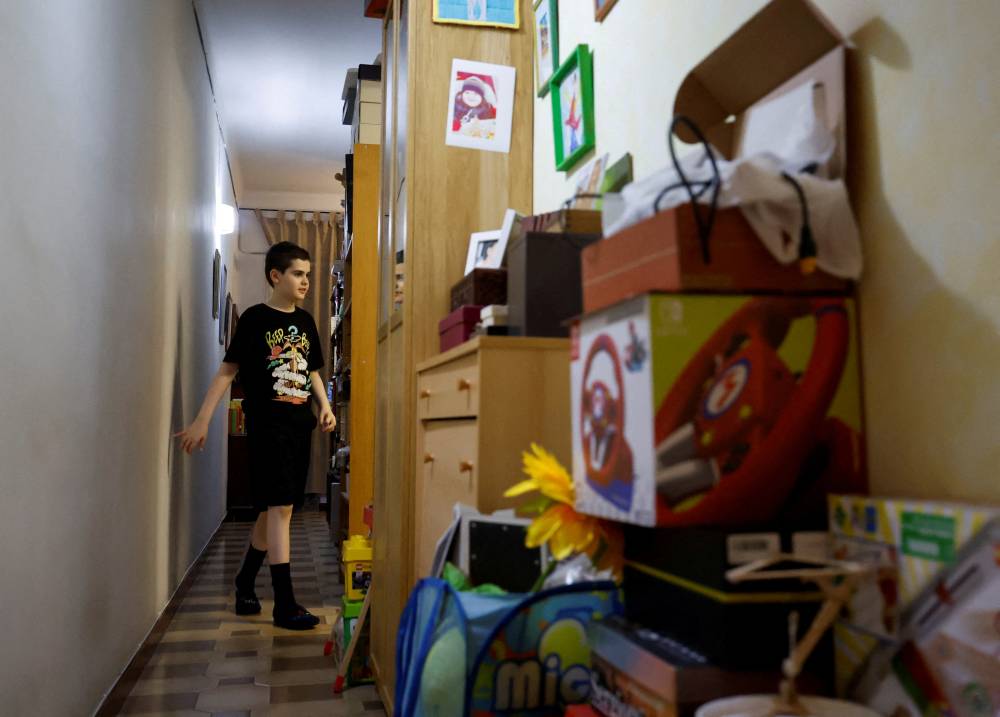
Dominguez and his family, who live in Barcelona, have radically modified their habits to avoid exposure to UV radiation. To avoid severe sunburns and blistering, Dominguez wears a hood, jacket, sunglasses and gloves outside, even in winter.
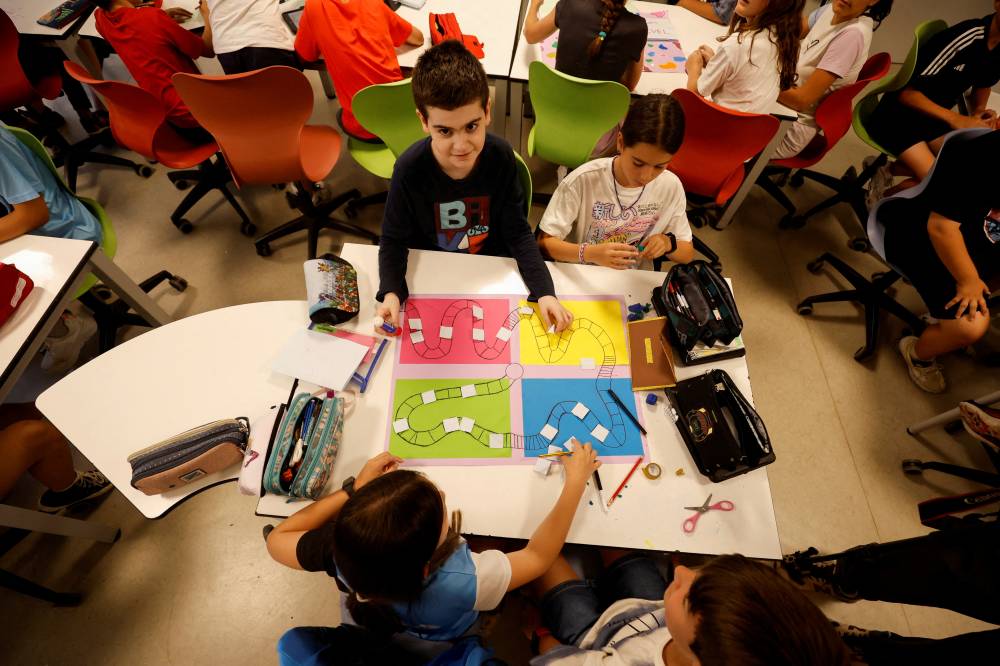
In summer, he stays indoors as much as possible, but when he does need to leave the house, the protective clothing is hot and uncomfortable.
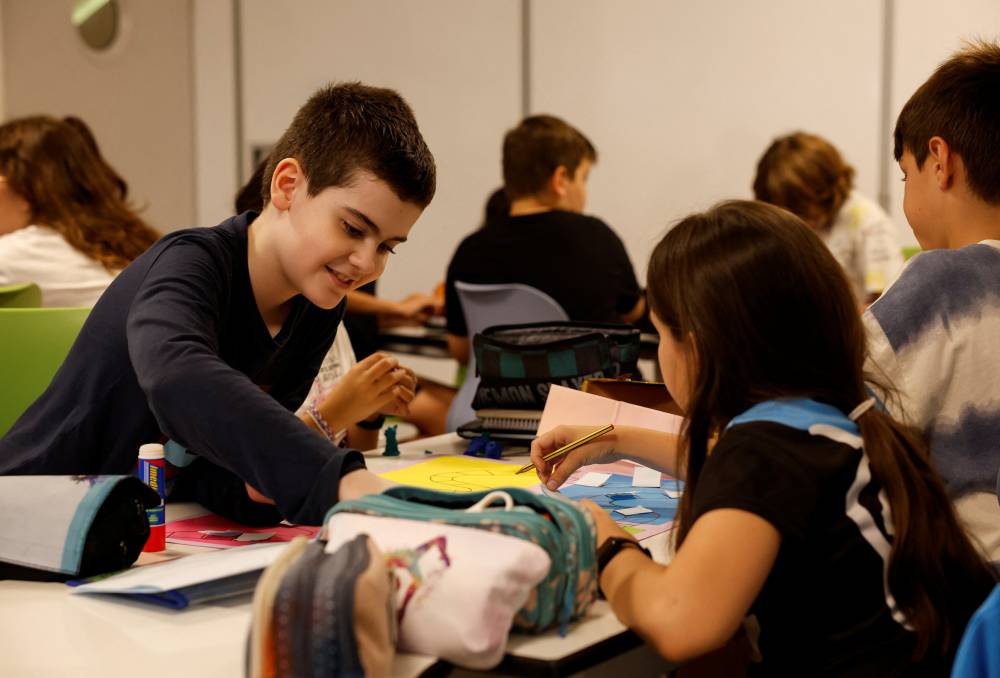
‘Going out at night’
Dominguez’s school has adapted windows and lights so he can have as normal a life as possible, although he needs to bundle up for outside activities and carries a UV meter to check that an environment is safe.
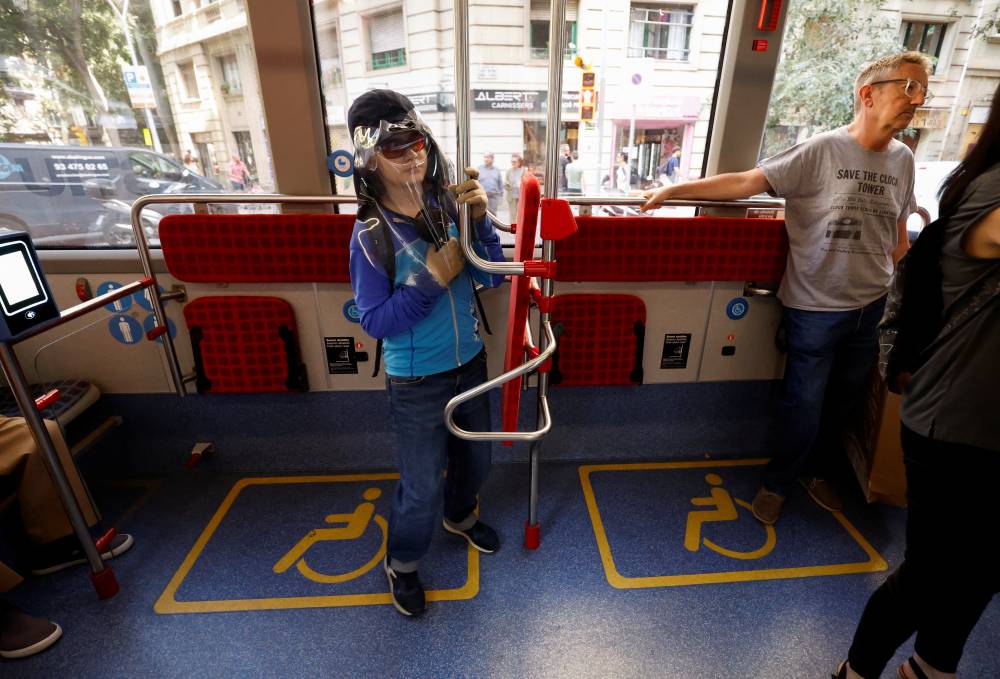
“It’s very hot and I use a fan to make it cooler,” he told Reuters on one of his last days of school, using a portable fan underneath the shield he wears over his face.
Dominguez’s home is UV-light-proof, with protective film on windows, blinds lowered and fans to keep the environment well-ventilated, said his mother, Xenia Aranda.
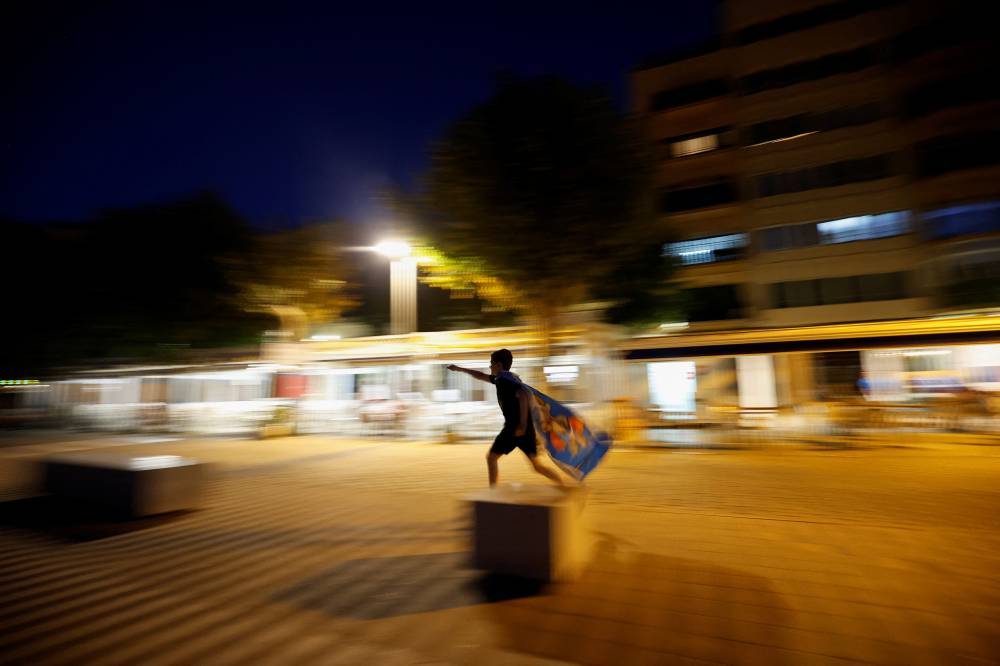
“What we do is go out at night,” Aranda said. “At around 10 p.m. we say: ‘What would we like to do, Pol? Go to the beach, grab an ice cream, go for a run?’”

Pol is spending part of the summer with his grandparent Ferran Aranda in Portbou, near the French border. When the sun sets, he can finally go to the beach without protective gear. Just eating an ice cream outside or turning his towel into a superhero’s cape brings a smile of delight to his face.
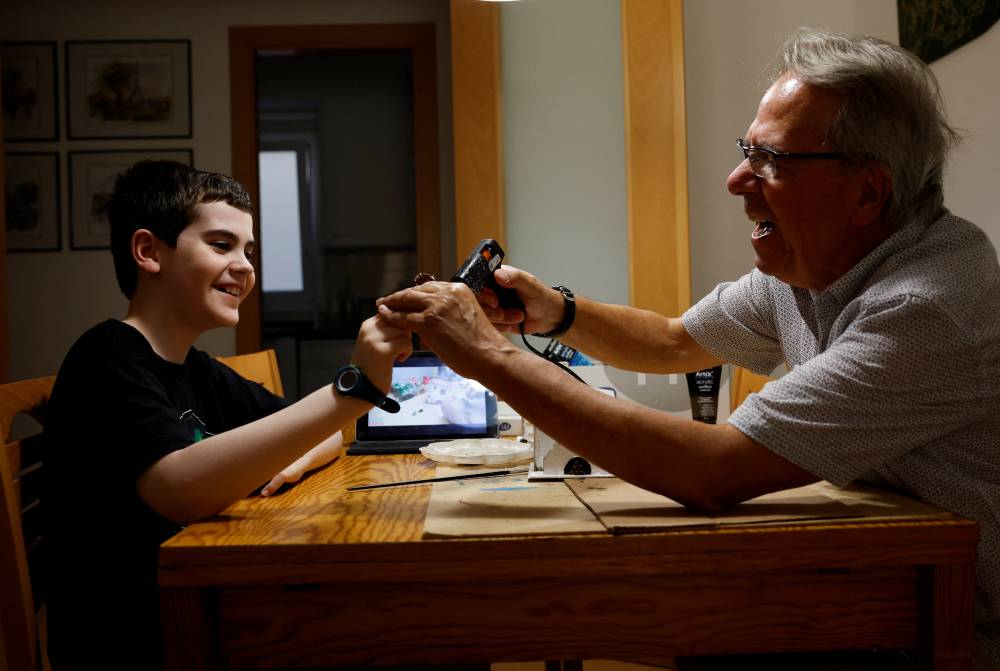
As heat waves become more frequent and intense and spread across seasons due to climate change, the risks to Pol and others like him increase.
“The more hours of sunshine, the more solar damage. Therefore, more illness,” said Asuncion Vicente, a pediatric dermatologist at Barcelona’s Sant Joan de Deu hospital.
Reuters, the news and media division of Thomson Reuters, is the world’s largest multimedia news provider, reaching billions of people worldwide every day. Reuters provides business, financial, national and international news to professionals via desktop terminals, the world's media organizations, industry events and directly to consumers.












